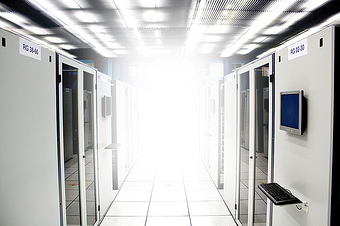Server Technology - It’s all about resilience
RJ Tee
July 01, 2015
- Categories:
- Industry Trends and Solutions
- Tags:

I know we all know this already, and I’m preaching to the choir here, but the pressures on today’s data center managers are enormous and there are no breaks in sight.
What’s all the pressure about? Uptime!! That’s the bottom line.
Dependability of the infrastructure is on top of everyone’s list. Downtime is just not an option. This is especially true with large enterprises such as banking and trading where the cost of downtime has been calculated to be $6 million a second due to unbalanced trades.
And of course, using your space and energy more efficiently and prolonging the life of your current facility wouldn’t hurt either, right?
Instead of the traditional model of avoiding downtime through hardware redundancy, we’re seeing a trend among our customers in opting for resilience through the use of load-balancing software.
And part of that dynamic is a good, solid, real-time look at a facility’s power chain, with the ability to run “What If?” tests. To simulate a failure, or multiple failures, or an equipment failure when something else is already off-line for upgrade or maintenance helps define the extent of the impact of a potential problem on the rest of the chain. For example, the user has a full view of what servers are plugged into which intelligent power strips, and can provide information when requested on which power strip is off-line, which servers are at risk. This helps reveal the potential single points of failure in a system, as well as the vulnerable equipment. It’s the ability to simulate a failure to avoid a real one while ensuring maximum uptime and boosting resilience.
But a clear view of the power chain enables even more than that. It informs capacity planning by providing at a quick glance the location of unused capacity, and where more equipment could be deployed safely, or how currently used equipment can be positioned more efficiently. This empowers data center managers to use available capacity to its utmost, delaying, or in some cases, altogether eliminating the need for facility expansion. It can also reveal current load levels, and visualize changes in load status based on a sliding scale of load tolerances.
The real-time view of the power chain enables a manager to look at a cabinet, and understand where its power comes from and conversely, look at power equipment and know what it’s feeding. More importantly, it helps expose any connection inconsistencies and verifies redundancy.
Knowing where your facility is most vulnerable is the first step to “disaster-proofing” and boosting your uptime to as close to perfect as possible.
Thanks for your submission. One of our Power Strategy Experts will get back to you shortly.